
Ingredient
Dewberries and similar-
The Hidden Gems of Wild Berries: Dewberries and Their Kin
Dewberries and similar berries belong to the Rubus genus, which includes blackberries and raspberries. They are small, juicy berries with a deep purple to black color when fully ripe. Dewberries have a delicate yet complex flavor profile, combining sweetness with a subtle tartness. They are known for their soft texture and can be enjoyed fresh or used in a variety of culinary applications, such as jams, pies, and desserts.
Origins and history
Dewberries and similar berries are native to many regions around the world, including North America, Europe, and Asia. They have a long history of culinary and medicinal use, with evidence of their consumption dating back to ancient times. These wild berries were traditionally foraged by indigenous communities and used in various dishes, beverages, and herbal remedies. Today, dewberries are also cultivated in some regions for commercial purposes, ensuring their availability beyond the wild harvest.
Nutritional information
Dewberries and similar berries are low in calories and a good source of dietary fiber, antioxidants, and vitamins. They provide essential nutrients like vitamin C, vitamin K, and manganese. These berries are also rich in anthocyanins, which are potent antioxidants that contribute to their vibrant color and potential health benefits. Including dewberries in your diet can support overall health and well-being.
Allergens
Dewberries and similar berries are not known to be common allergens. However, individuals with known allergies to other berries in the Rubus genus, such as blackberries or raspberries, should exercise caution and consult with a healthcare professional if necessary.
How to select
When selecting dewberries and similar berries, look for plump, firm berries with a deep purple to black color. Avoid berries that are overly soft, mushy, or have signs of mold or decay. The berries should have a sweet aroma and be free from any off-putting odors. If purchasing from a farmers market or foraging, ensure that the berries are harvested from clean and pesticide-free environments.
Storage recommendations
Dewberries and similar berries are highly perishable and should be consumed or preserved as soon as possible. Store them in a single layer in a shallow container or spread them out on a tray lined with paper towels to prevent moisture buildup. Keep them refrigerated and use within a few days for the best flavor and texture. To extend their shelf life, dewberries can be frozen for later use in smoothies, jams, or baked goods.
How to produce
Dewberries and similar berries are wild-growing plants that thrive in various climates. While they can be challenging to cultivate, amateur gardeners can try growing them by obtaining seeds or seedlings from reputable sources. Provide well-drained soil, ample sunlight, and regular watering to support their growth. It is important to note that dewberries and similar berries may require some maintenance, such as pruning and protection from pests, to ensure optimal yield.
Preparation tips
Dewberries and similar berries can be enjoyed fresh as a snack or incorporated into a variety of culinary creations. They are delicious when eaten on their own, added to fruit salads, or used as a topping for yogurt or ice cream. These berries are also perfect for making jams, jellies, and preserves due to their natural pectin content. In baking, dewberries can be used in pies, tarts, muffins, or cobblers to add a burst of flavor and vibrant color. They can also be infused into syrups, sauces, or cocktails for a unique twist.
Substitutions
Blackberries or raspberries can be used as substitutes for dewberries in most recipes. They have a similar flavor profile and can be easily interchanged in dishes like pies, jams, or desserts. However, keep in mind that the texture and size of the berries may vary slightly, which can affect the overall appearance and mouthfeel of the final dish.
Culinary uses
Dewberries and similar berries are versatile ingredients that can be used in a wide range of culinary applications. They are commonly used in jams, jellies, pies, cobblers, and other desserts. These berries can also be incorporated into savory dishes, such as salads or sauces, to add a touch of sweetness and acidity. Dewberries are popular in Southern cuisine, where they are often featured in traditional recipes like dewberry cobbler or dewberry jelly. They are also enjoyed in various cuisines around the world, including European and Asian dishes.
Availability
Dewberries and similar berries are commonly found in temperate regions around the world. They are native to North America, Europe, and Asia, and can be found growing in the wild or cultivated in certain areas. In the United States, dewberries are particularly abundant in the southern states, where they thrive in the warm and humid climate. They are also cultivated in some regions for commercial purposes, ensuring their availability in local markets.
More ingredients from this category

Boysenberries
The Alluring Berry: Boysenberries
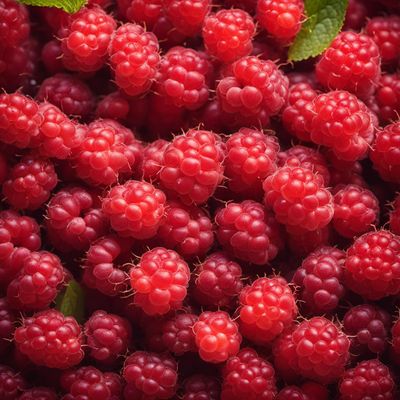
Salmonberries
The Jewel of the Forest
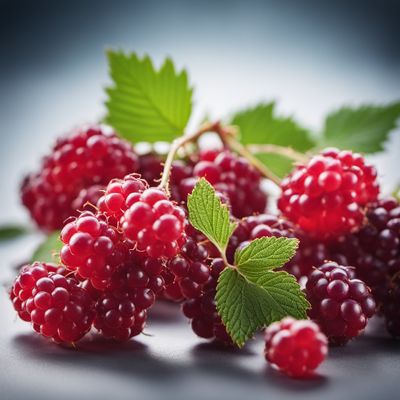
Youngberries
The Sweet and Tangy Delight

Olallieberries
The Luscious Berry: Olallieberries

Thimbleberries
The Delicate Delight: Exploring the World of Thimbleberries

Loganberries
The Luscious Loganberry
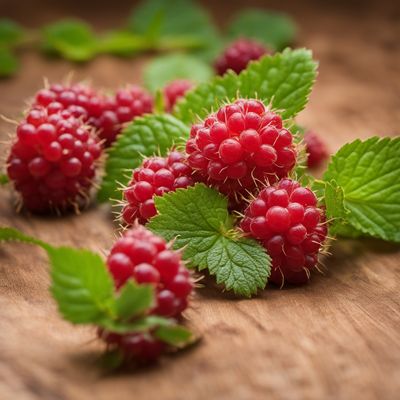
Other species and hybrids of genus Rubus, not elsewhere mentioned
The Berry Bonanza

Dewberries
The Wild Berry Treasure: Dewberries
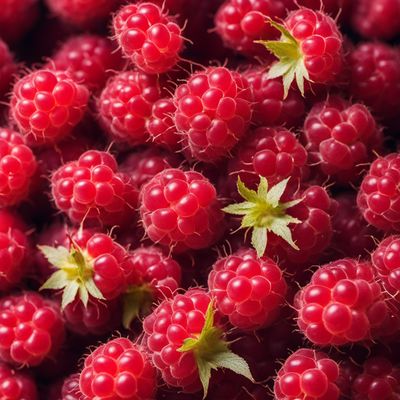
Tayberries
The Tangy Delight
Recipes using Dewberries and similar- » Browse all

Central American Nammoura Delight
Tropical Twist: Central American Nammoura with a Zesty Flair

Schmoo Torte with Maple Pecan Crunch
Maple-infused Schmoo Torte: A Canadian Delight with a Crunchy Twist

Burmese Coconut Pancakes
Coconut Delight: Burmese Twist on American Pancakes

Madurese-style Spaghettieis
Indulge in Madurese Delight: Spaghettieis with a Twist

Delightful Lemon Delizia
Zesty Lemon Bliss: A Taste of Italy

Toronto Maple Dacquoise
Maple-infused Dacquoise Delight

Grilled Maple-Glazed Kalbi Ribs
Maple-infused Grilled Kalbi Ribs: A Quebecois Twist on Korean Delicacy

Toronto-style Fried Donuts
Maple-Glazed Delights: Toronto's Twist on Fried Donuts
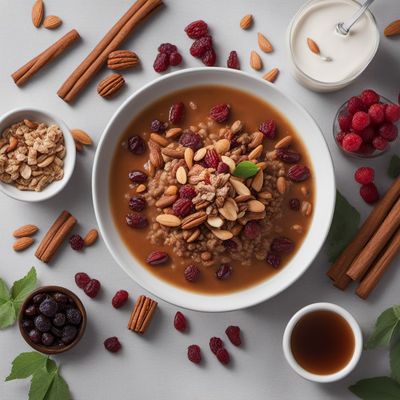
Vegan Kozinjak
Plant-Based Delight: Vegan Kozinjak - A Croatian Classic Reinvented

Bahraini-inspired Spiced Lamb Momo Yakitori
Savory Bahraini Lamb Skewers with a Momo Twist

Tlingit-inspired Grilled Salmon Skewers
Smoky Salmon Skewers with Indigenous Flavors

Amaretti Cookies with a North American Twist
Maple Pecan Amaretti Cookies: A Sweet Fusion of Italy and North America